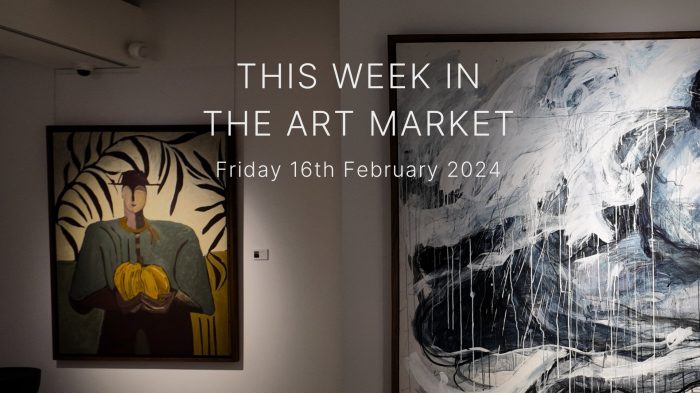Street art has inspired, captivated and entertained locals and visitors since the days of the caveman.
Works depicting local culture, local successes and local struggles adorn the walls of buildings, parks, and public places globally for all to enjoy, reflect and learn from.
The amazing thing about street art is that it is often non-compliant, speaks to popular culture, and, in some cases, installed and painted secretly in the darkness of the night. In the wake of many tragedies, political movements and societal changes, street art tells the story of a community and its struggles.
For example, in the recent wake of the ‘Black Lives Matter’ protest a wide range of Black Lives Matter Street Art has emerged around the globe in support of the movement. Regardless of whether it is sanctioned or not, one cannot argue the power of the pieces, nor the quality of much of the artwork.
This is in no way the only political street art that has prevalence around the globe, with many works by now popular artists popping up in Greece, the USA, the UK, across Europe and Australia.
Why is street art so important?
Street art is much more than a platform to communicate political ideals or struggles. It is a medium to communicate culture & community. Take for example, Melbourne, Australia, one of the world’s most liveable cities, known globally for its arts, community, dining, bars and restaurant culture. The street art adorning many of the walls of once barren alleyways have transformed the spaces into galleries, and areas of local community engagement. Street art has taken off with so much prevalence in Melbourne, that many restaurants and cafes have brought street artists to paint murals and art, bringing the culture of the surroundings, inside their venues!
Works of street art, have moved from being on the walls of buildings into the museums and galleries around the world. They are made popular by the redistribution of wealth, cashed-up millennials and individuals that ‘like what they like’ and purchase what speaks to them, not just what they are told is ‘art’.
Google has a wonderful collection of street art using their 3D Google Map technology. You can take a walk through ten of the most prolific sites, containing stunning works of street art, many of whom are listed as ‘unknown’, but have no less effect on the communities and service with their arts.
A conversation around street art could not be complete without reference to Banksy. “Arguably the most controversial street artist in the world, Banksy has developed an entire art subculture devoted to his works. Banksy’s art can impact any location at any given moment. His identity remains unknown, even after over 30 years of being involved with the graffiti scene.”
Banky’s works have moved from being considered as ‘graffiti’ on the walls of buildings to being sold for millions of dollars in Sotheby’s auctions. In the Sotheby’s auction, the artwork self-shredded once the gavel went down, in an apparent ‘middle finger’ to the traditional art world.
Regardless of whether the art is covering up old walls, graffiti, gang tags, or potentially brightening up spaces, making a political statement or speaking to the horrors of war in the past, street art pays homage to popular culture wherever you travel in the world.
So, next time you are able to travel overseas, why not take a look around? Look beyond museums and conventional mainstream artworks. Talk to artists and review the websites on where to see the best street works around, you may get a different perspective on art in the region than you had before.








